
Trump’s Initiatives and LGBTQ+ Rights: A Closer Look at Dismantling Pride Month Celebrations
Pride Month has historically stood as a time for the celebration of diversity, acceptance, and the ongoing fight for equality. However, during the Trump administration, several initiatives were introduced that had profound impacts on the LGBTQ+ community and its celebrations. From policy changes affecting transgender rights to restrictions on international representation of Pride Month, this period brought significant challenges.
Key Initiatives Affecting LGBTQ+ Rights Under Trump
Transgender Military Ban
In July 2017, President Donald Trump announced via Twitter a ban on transgender individuals serving in the U.S. military. Citing concerns over medical costs and potential disruption, this policy affected thousands of transgender service members and aspirants, raising concerns about inclusivity and equal opportunity in the armed forces.
Title VII Protections
The Trump administration’s Department of Justice argued against the inclusion of sexual orientation and gender identity within Title VII of the Civil Rights Act of 1964. This stance raised alarms about workplace discrimination protections for LGBTQ+ individuals, potentially reversing significant legal advancements.
Healthcare and Social Services
In June 2020, the Department of Health and Human Services finalized a rule that rollbacked protections for transgender people under the Affordable Care Act. This decision could lead to increased discrimination in healthcare settings, affecting access to necessary medical services for LGBTQ+ individuals.
Adoption and Foster Care Policies
The administration permitted federally funded adoption and foster care agencies to refuse services to LGBTQ+ individuals based on religious beliefs. This action restricted the pool of potential parents, impacting thousands of children in care and prospective LGBTQ+ parents.
International Diplomacy and Visibility
Official restrictions on U.S. embassies flying the Pride flag during June limited the recognition of Pride Month abroad. Such actions reduced diplomatic support for LGBTQ+ rights, affecting international perceptions and advocacy efforts.
Federal Prison Policies
Revisions to the policies regarding the housing of transgender inmates prompted security and rights concerns. Assigning individuals to facilities based on biological sex rather than gender identity could compromise the safety and dignity of transgender inmates.
Judiciary and Legal Appointments
The appointment of federal judges perceived to hold conservative views on LGBTQ+ issues signaled long-term implications for the legal landscape, influencing how rights and protections are interpreted and enforced.
Impact on Pride Month Celebrations
LGBTQ+ advocacy groups decried these initiatives as regressive, arguing that they undermined strides made towards equality and visibility. The celebratory spirit of Pride Month, traditionally marked by parades and public events, was challenged as legal rights faced threats from these policies.
- Transgender military service restrictions remained a controversial topic.
- Title VII non-recognition posed significant workplace equality challenges.
- Healthcare policy changes risked discrimination in medical care access.
Conclusion
The Trump administration’s initiatives directed at LGBTQ+ rights had significant ramifications on Pride Month celebrations and the broader community. As the fight for equality continues, it remains vital to engage in dialogue and advocacy to uphold and expand these rights. Share your thoughts and experiences with these policies in the comments below, and let’s engage in a constructive conversation.
Sources
For further verification and information, please refer to the following sources:
FAQ
What were the major actions taken by the Trump administration affecting LGBTQ+ rights? Several significant actions included the transgender military ban, changes to Title VII protections, healthcare policy alterations, and international diplomatic restrictions related to Pride Month recognition.
How did these initiatives impact Pride Month celebrations? These actions had a chilling effect on Pride Month, limiting visibility, official recognition, and diminishing the spirit of celebration and recognition of diversity and rights advancements.
What are the potential long-term consequences of Trump’s policies on LGBTQ+ rights? The appointment of conservative federal judges could influence the interpretation and enforcement of LGBTQ+ rights, potentially leading to legal challenges and further policy shifts in the future.







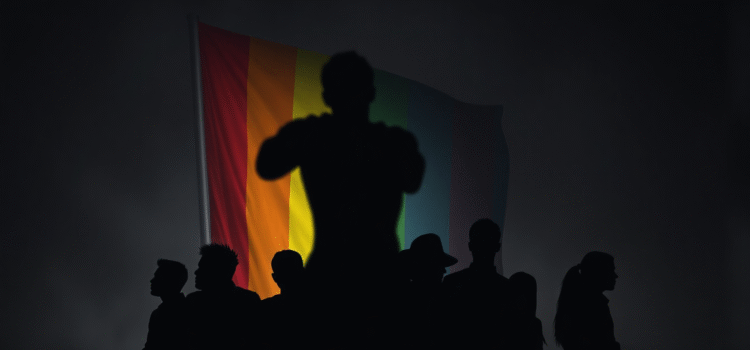

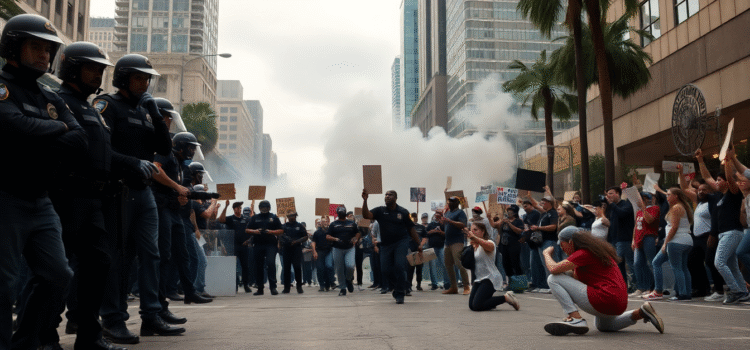




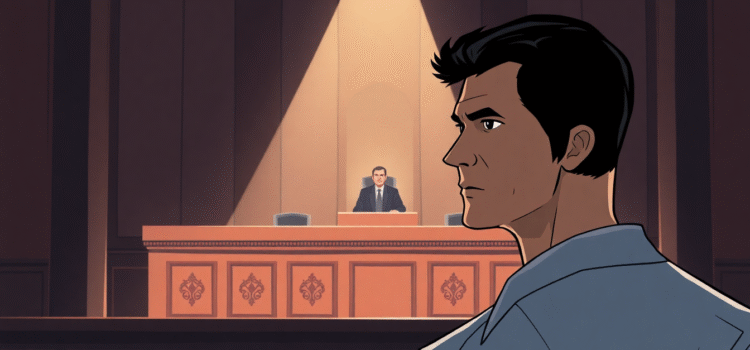

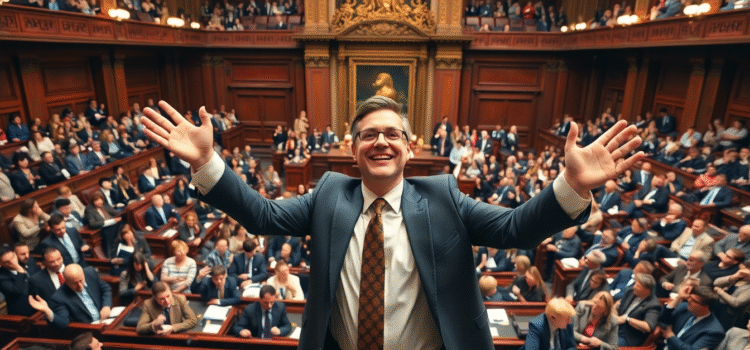

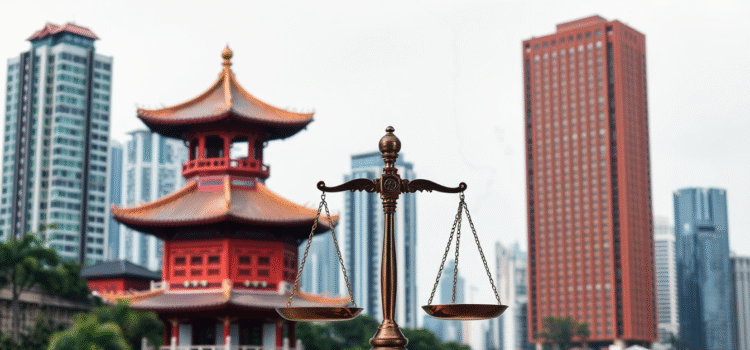
Comments